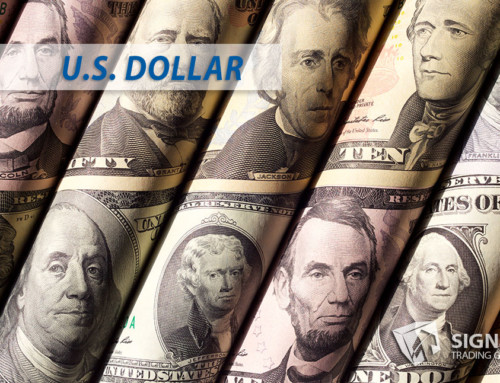The Origins of the Term Bear Market
The term “bear market” has become synonymous with declining stock prices and pessimistic outlooks in financial markets. But did you know that this now-familiar phrase has its roots in a bloody and gruesome pastime that has long been outlawed? In this blog, I’ll delve into the fascinating connection between bear-baiting and modern stock markets, focusing on the historical account of Joseph de la Vega, a 17th-century Spanish broker who used the bloody spectacle to explain the dynamics of the financial markets!
Europe’s Blood Sport: Bear-Baiting in the 16th and 17th Centuries
To understand the connection between bear markets and bear-baiting, it’s important to recognize that bear-baiting was a widespread pastime in Europe from the 16th to the 17th century. A violent spectacle, bear-baiting, involved chaining a bear to a stake and pitting it against one or more dogs, which would be set upon the bear in an attempt to torment and maul it.
Although repugnant to contemporary sensibilities, this grisly form of entertainment appealed to the masses, attracting thousands of spectators and generating significant income for organizers and authorities. Thus, the image of the bear, a powerful and fearsome animal, became ingrained in the European consciousness as a symbol of struggle and ferocity, even as it faced near-certain defeat and agony.
Joseph de la Vega and His “Confusion of Confusions”
Enter Joseph de la Vega, a Spanish stock broker and financial expert living in Amsterdam during the 1600s. In his seminal work, “Confusion of Confusions,” de la Vega sought to explain the inner workings of the bustling Amsterdam Stock Exchange. Intriguingly, he drew upon the popular imagery of the bear—a creature of fierce strength but also inevitable doom—to illustrate stock market trends in decline.
In his book, de la Vega portrayed the opposition of two stock market players as a “struggle between a cruel beast” (the bear) and a “resolute hunter” (the investor). As the bear grapples with a fated death at the hands of the hunter, so too does a declining market fall and struggle against the forces of confident investors. The aptness of the imagery struck a chord with readers, and the term “bear market” soon became anchored in the language of finance to describe a downward, often volatile, market trend.
The Legacy of De la Vega’s Influence on Financial Terminology
Although “Confusion of Confusions” was written over three centuries ago, its impact on financial terminology is undeniable. The vivid analogy de la Vega drew between bear-baiting and market dynamics resonated with the challenges investors faced during economic decline.
The phrase “bear market” has become a permanent fixture in financial literature and remains universally recognized today. Moreover, the animal kingdom inspired the “bull market” counterpoint to signify rising stock prices and positive market trends. Thus, Joseph de la Vega’s influence on the lexicon of finance is indisputable.
In Conclusion: The Lingering Echoes of a Blood Sport
While bear-baiting may seem a distant and appalling relic of Europe’s past, its potent imagery remains alive and well in the nomenclature of financial markets. As a testament to the power of language, de la Vega’s use of bear-baiting to explain market trends is a reminder of how seemingly innocuous phrases can embody deep sources of cultural meaning.
The next time you hear the term “bear market,” take a moment to reflect on its origins and consider the connection between this ancient blood sport and modern financial markets.





